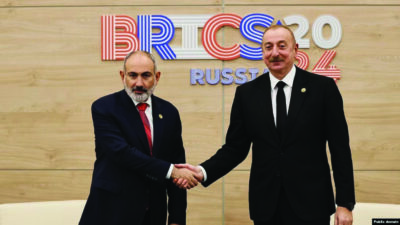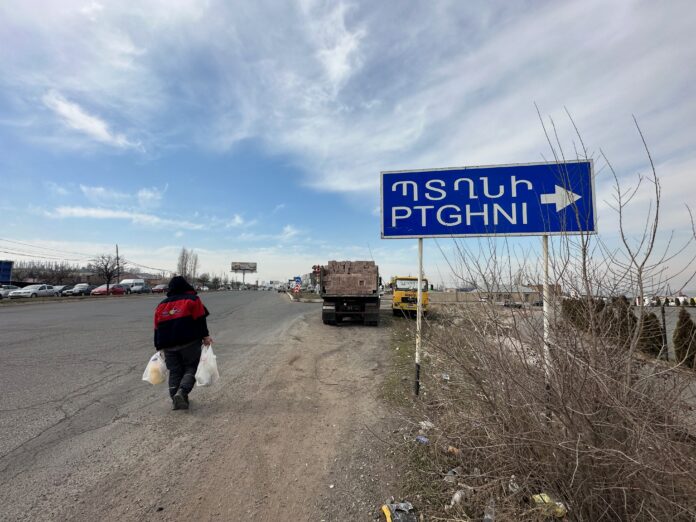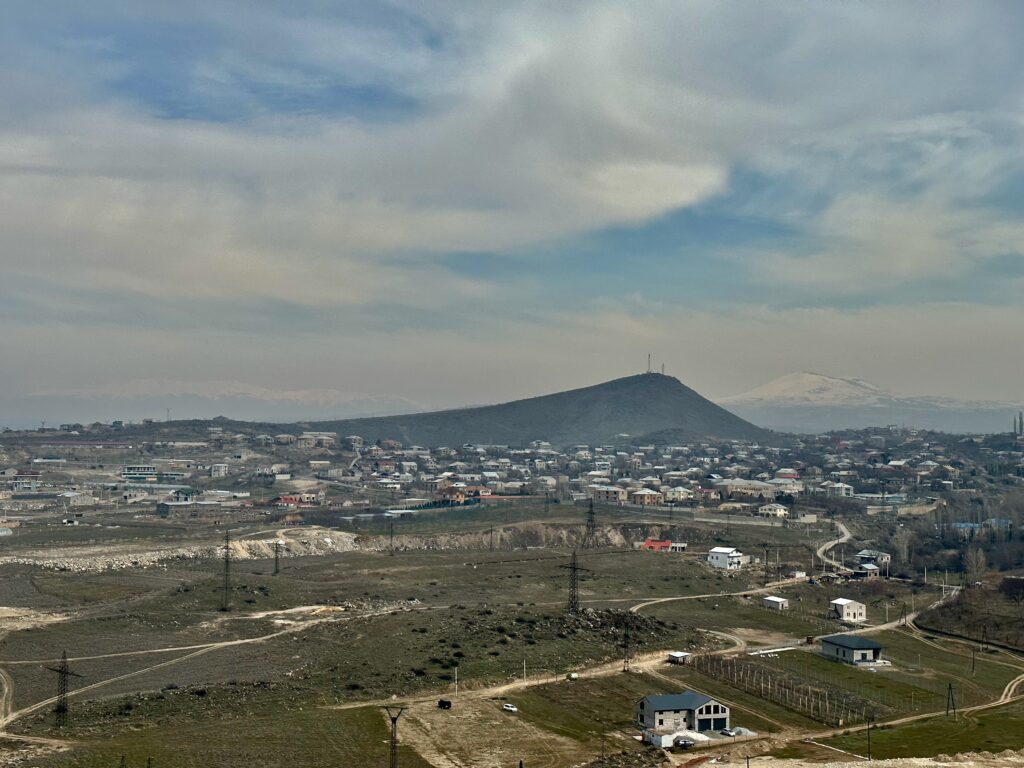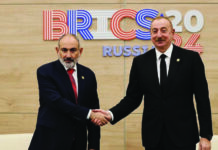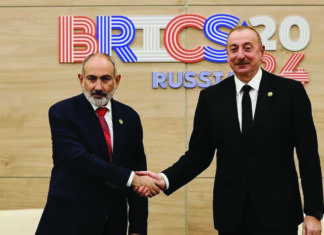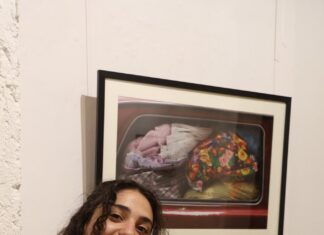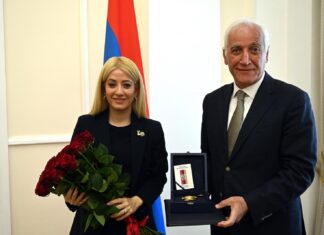PTGHNI, Armenia — “Karabakh was sold. I blame the former and current authorities for that, but first of all I blame so called our ally Russia. They sold Karabakh now they have made Syunik a topic of trade. It was the plan of Putin, Erdogan and Aliyev,” said Sahak Sahakyan, a resident of the village of Ptghni.
He adds, “Let the Russian military base leave Armenia so that we can live peacefully. Let the French come. Pashinyan wants to go to the West that’s why Russia is pushing Aliyev to attack Armenia. Many Karabakh Armenians have come to our village, I know that it is very hard for them to adapt here, but where can they go? They have nowhere to go. They can’t live under Aliyev’s flag. Today, there are no Armenians left in Karabakh, so what are the Russians doing there? Did they remain as guarantors of vacant apartments?”
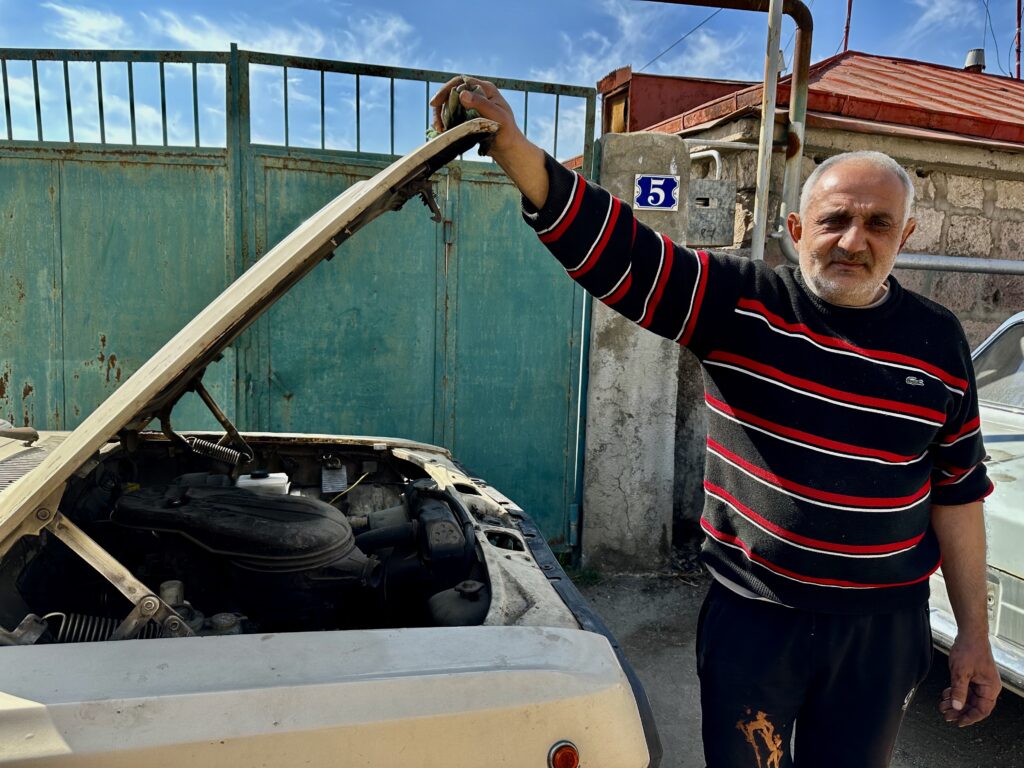
Empty houses and the property of Artsakh Armenians (refugees) is another topic to talk about. Usually, they are pleased to hear that the doors of the apartments are sealed and are under the protection of Russian peacekeepers. But footage regularly appears on Azerbaijani social media, where it is clearly seen how they enter people’s houses and throw their belongings on the streets. Moreover, today the news about the demolition of the Artsakh parliament building became known.
Armenia’s Parliamentary Speaker, Alen Simonyan, says much the same as Sahak Sahakyan: “It became obvious in more than a dozen episodes that our ally (Russia) is not helping us.”
On February 22, Armenian Prime Minister Nikol Pashinyan criticized the Collective Security Treaty Organization (CSTO) in an interview with France24, saying the organization did not intervene in 2021 nor 2022, and similarly did not prevent Azerbaijan’s attacks against Armenia. He concluded that Armenia has “frozen” its participation in the CSTO.
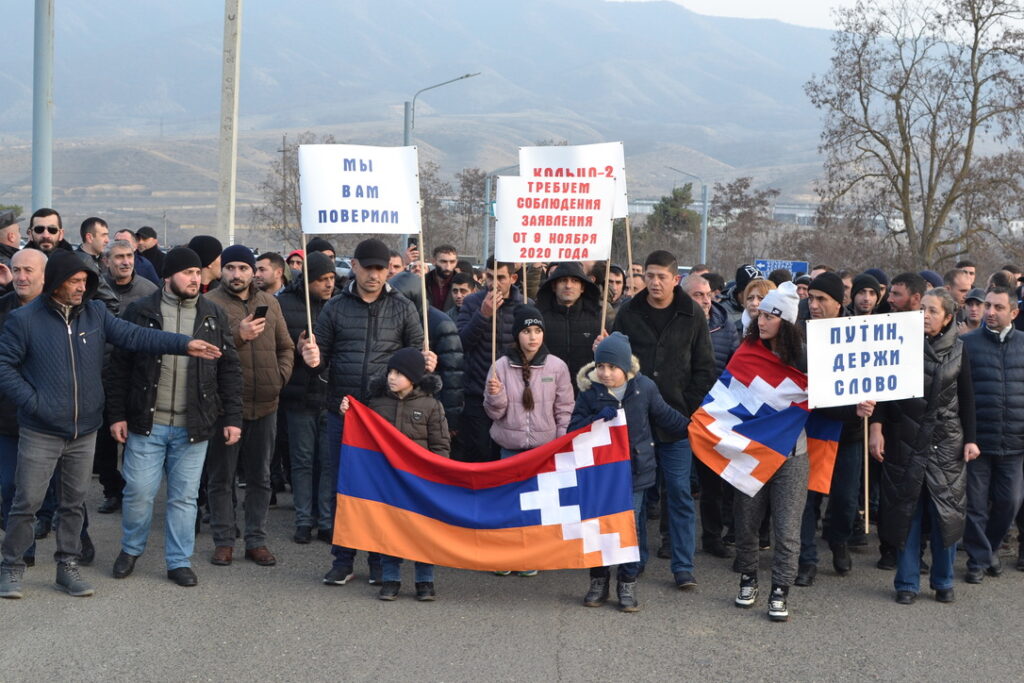
In response, Russian Foreign Minister Sergey Lavrov stated that it is time for Armenia to decide on its status in the CSTO.
